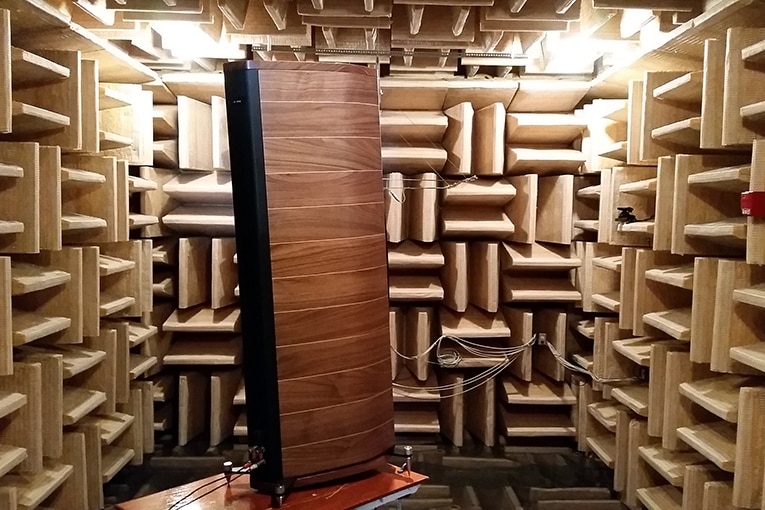
Editor Neil's note. This piece comes from a while back. I looked at it just now and feel it is still relevant - and that's why it's here. Enjoy folks!
===============
Doug Schneider (Soundstage) writes .....
A few months ago, our main copy editor asked me why we publish subjective reviews and objective measurements, but don’t try to make precise correlations between what the measurements indicate and what the reviewer heard. His question is a good one, particularly as audio magazines past and present have attempted to do just that. I explained to him the various reasons why trying to do this is so difficult, and why so many have failed -- which is why we don’t do it. Because the issue is complex, and not nearly as straightforward as it at first seems, he suggested that it might be a good idea for an editorial.
My experiences with measuring loudspeakers began in 2000, when I was putting together our measurement program with Canada’s National Research Council (NRC), probably the best-known and most reputable body in the world for conducting such tests. All of our testing is done by them. The NRC is equipped with an excellent anechoic chamber, proper measuring equipment, and highly trained staff -- all necessary for the running of such tests.
The NRC was also home to Dr. Floyd Toole, a senior researcher in the physics division from 1965 to 1991. The groundbreaking research work that Toole began in the 1970s, and that culminated in the mid-’80s, succeeded, to a significant degree, in correlating measurements with listening impressions. Although Toole left in the 1990s to work at Harman International, some of the NRC staff he worked with remained and helped us set up our testing program.
When we were designing the program, I consulted with experts at the NRC, as well as with numerous speaker designers well versed in measuring techniques. They all told me the same thing: Even though we ..........
Please click HERE to continue






